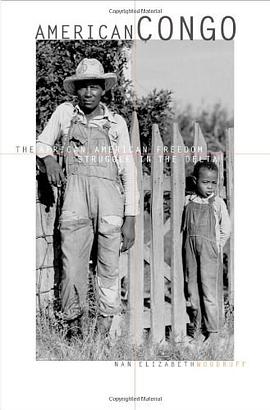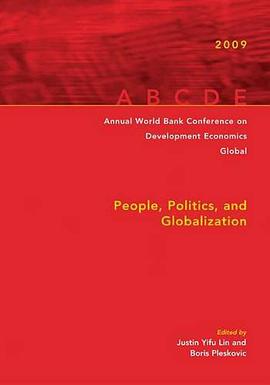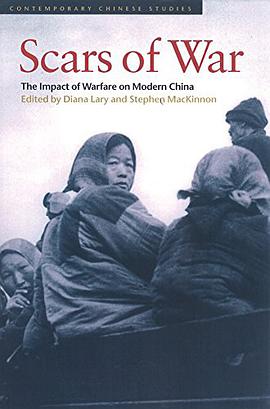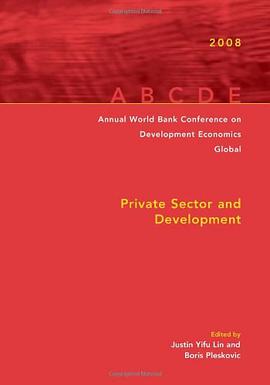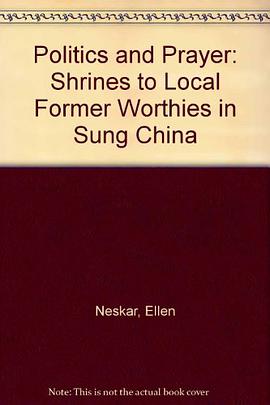

具體描述
During the Sung, local elites began to honor eminent and morally worthy men connected with their area by erecting shrines to them. By discussing the identity of these former worthies, the reasons for their enshrinement, the nature of the shrines, the identity of their builders, the forms of rituals performed at the shrines, and the relationship of these shrines to other religious practices in the Sung, Neskar argues that the shrines were sites not only of religious reverence but also of political dissent and debate and of contention over literati learning. The shrines to former worthies reflected changing elite concerns, behavior patterns, and self-conceptions even as they embodied and promoted a vision of literate virtue particular to shrine builders and commemorators.
著者簡介
圖書目錄
讀後感
評分
評分
評分
評分
用戶評價
相關圖書
本站所有內容均為互聯網搜索引擎提供的公開搜索信息,本站不存儲任何數據與內容,任何內容與數據均與本站無關,如有需要請聯繫相關搜索引擎包括但不限於百度,google,bing,sogou 等
© 2025 book.quotespace.org All Rights Reserved. 小美書屋 版权所有

